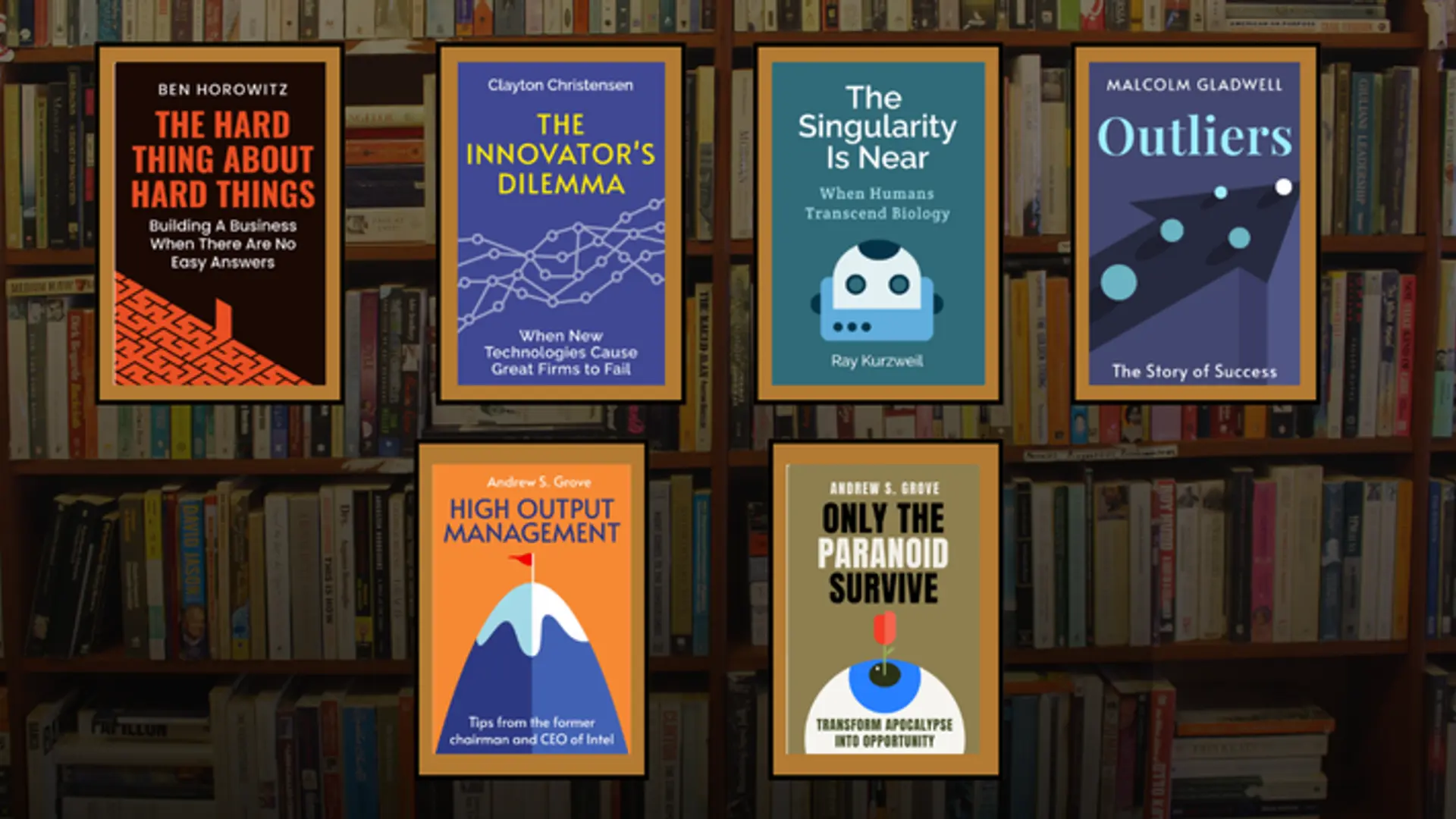Virtual influencers: Crafting the future of marketing
Explore the burgeoning phenomenon of virtual influencers, shaping the digital landscape with their unique presence and impact.
In the ever-evolving digital marketing landscape in 2024, a remarkable trend is taking shape, fundamentally altering the nature of influence and brand promotion – the rise of virtual influencers. This phenomenon is not only captivating audiences but also revolutionising the economics of marketing initiatives.
With their compelling digital presence, virtual influencers are commanding fees ranging from Rs 5-10 lakh per campaign, far surpassing the earnings of traditional human influencers, typically between Rs 40,000-1 lakh.
Leading the charge in this digital revolution are Kyra and Naina, virtual personas crafted by Futr Studios and Avtr Meta Labs. These entities transcend mere digital constructs; they embody a fusion of art and technology, captivating audiences on platforms like Instagram with millions of views.
Take Kyra, for example, boasting over 241K followers; she's reshaping digital engagement and outearning her human counterparts with comparable followings.
The rise of brand storytelling in the digital realm
Innovative brands such as Boat and Titan Eyecare are riding the wave of virtual influence, drawn by the unmatched creative liberty and storytelling capabilities these digital entities provide.
Realme India's chief marketing officer underscores the agility and cost-effectiveness of this approach, emphasising the capacity of virtual influencers to craft narratives that transcend the constraints of reality, facilitating swifter market penetration and enhanced brand engagement.
Pioneering the future of digital engagement
From humble digital avatars to sophisticated virtual personalities, the evolution of virtual influencers traces back to earlier forms of digital representation. Through groundbreaking advancements in 3D modelling and AI, these avatars have morphed into intricate, lifelike characters, positioning virtual influencers as pivotal figures in social media influence.
Offering distinct advantages over their human counterparts, they operate 24/7, can be seamlessly tailored to suit any brand's vision, and are unencumbered by the physical and ethical limitations faced by humans.
Nevertheless, this transformative journey is not devoid of challenges. The development and upkeep of virtual influencers hinge upon sophisticated technologies such as Unreal Engine, Autodesk Maya, and cutting-edge AI models. Moreover, their continued success necessitates ongoing advancements in technology for lifelike interactions and seamless lip-syncing.
The economic ramifications of virtual influencers are profound. Their unparalleled ability to foster substantial engagement and connect with niche audiences opens up new avenues for monetisation and pioneering marketing strategies.
This has sparked significant collaborations with major brands, resulting in immersive and captivating content that translates into tangible financial gains.
Navigating the ethical landscape of virtual influencers
The rise of virtual influencers inevitably sparks ethical concerns, including the risks of deepfakes and perpetuating unrealistic beauty standards. The industry must confront these challenges head-on and ensure the ethical use of such technologies.
How can brands leverage virtual influencers?
Brands have two main avenues for leveraging virtual influencers: partnering with agencies to develop custom virtual personas or collaborating with existing ones.
Creating a virtual influencer typically involves a 1-3 month concept development phase. This stage emphasises the fusion of creativity and market research, focusing on design, personality, and backstory. The goal is to align the virtual influencer with the target audience and brand ethos, striking a balance between innovation and ethical considerations.
Following the conceptual phase, a 2-4 month technical stage unfolds, involving 3D modelling and animation utilising tools such as Autodesk Maya or Adobe Character Animator. Costs typically range from $10,000 to $100,000 for this phase. Subsequently, a 1-2 month content strategy phase ensues, aligning the influencer with the brand's digital marketing efforts, encompassing social media planning and content scheduling.
Continuous investment is essential for content production and social media management.
Alternatively, collaborating with existing virtual influencers entails a 1-2 month search for a suitable candidate, followed by a collaborative period spanning 1-6 months for content co-creation. Costs vary widely, ranging from a few thousand to upwards of $50,000, contingent upon the influencer's prominence.
Both approaches differ in timeline and cost, influenced by project scale, customisation, and campaign objectives. Success hinges on strategically aligning the virtual influencer with the brand’s identity and audience preferences, facilitating an impactful digital marketing campaign.
In essence, the rise of virtual influencers signifies the advent of a new era in brand storytelling and audience engagement, where virtual and real realms coalesce, presenting an innovative strategy for brands to explore.







